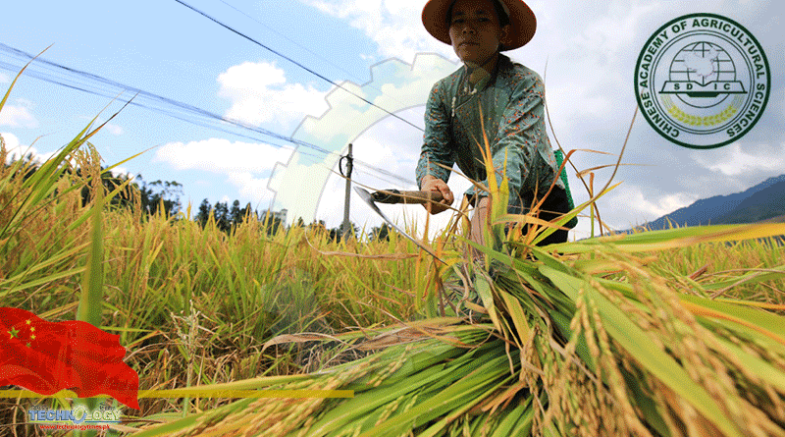50 Major Tasks Focused On Key Livestock And Poultry Varieties And Three Specific Actions Involving Innovative Research

According to the Chinese Academy of Agricultural Sciences (CAAS), China will improve efforts to create higher yields and higher quality production of major food crop varieties, and self-sufficiency in major livestock and poultry varieties by 2030 by deploying technology. China released an action plan to promote the national seed industry late last month in Sanya, South China’s Hainan province, where the Nanfan Scientific and Research Breeding Base is located. The plan lays out the necessary theoretical, scientific and technological developments for the industry to improve seed varieties and grain yields, and ensure the protection of national germ plasm resources. Since the beginning of the 13th Five-Year Plan (2016-2020), China’s ability to innovate in breeding technology has continued to rise. However, China is still in the process of developing breeding theories and key technologies.
Yields of corn and soybeans have not reached those of developed countries, while the availability of some vegetable seeds remains dependent on imports. The need to become self-reliant in terms of science and innovation-driven technology is urgent. In recent years, CAAS has made significant breakthroughs in key technologies including genome-wide selection, ploidy breeding (a process useful in plant breeding), and genetically modified organisms, which has laid a solid foundation for future research.
China will introduce 50 major tasks focused on key livestock and poultry varieties and three specific actions involving innovative research, seed enterprises and the creation of a science and technology platform. China will strive to achieve high-yield, high-quality self-sufficiency in food crop varieties by 2030, and ensure the absolute security of the country’s rice and wheat. By 2030, the self-sufficiency rate of vegetable varieties, such as broccoli, carrots and spinach, will rise from the current 10% to more than 50%. Moreover, a platform will be built to boost seed industry technology, integrating basic research, technological innovation, variety creation, big data, and industry incubation.
China will reinforce the underpinning role of science and technology in agricultural production. In light of the national conditions and people’s needs, science-based and result-oriented efforts will be made to shore up the areas of weakness. Mechanisms will be improved to fully mobilise market forces and promote collaboration on innovation between research institutes and universities, and enterprises and farmers. A sound commercial breeding system will be established, and enterprises in the seed industry will be nurtured and expanded. The research, development and extensive application of practical and efficient farming machinery and equipment will be supported. Quality and efficiency in the agricultural sector will be promoted through technological innovation.
As reported by OpenGov Asia, digital technology is bound to play a bigger role in the country’s steps toward rural vitalisation and agricultural modernisation. The digitalisation of rural industries is key to developing the countryside, and it is a new driver of a sustainable rural economy. Integrating new technology like big data, Artificial Intelligence (AI) and the Internet of Things (IoT) with livestock and poultry varieties production will be central to developing smart agriculture. The involvement of digital technologies across the supply chain will help increase efficiency while reducing costs.
The push toward digital agriculture is the result of a plan released in January last year aimed at improving smart agriculture and providing support for rural vitalisation in the years leading up to 2025. Jointly released by the Ministry of Agriculture and Rural Affairs and the Cyberspace Administration of China, the plan proposed building a basic data system for rural areas to facilitate targeted management and services. The plan highlighted research into and the use of intelligent agricultural machinery as well as the development of smart agriculture based on the internet of things, sensors, location systems, and robots.
This news was originally published at Open Gov Asia
